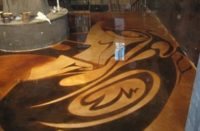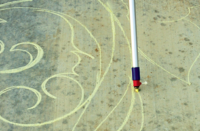
Half Acre, Boscastle
Cornwall, England PL35OBJ
Tel: 011.44.1840.250263
Carole Vincent
Carole Vincent lives in Cornwall, England, in a house overlooking the sea. Her father was a concrete contractor and she grew up around the trade, originally working with concrete as a building material and then turning to more artistic uses for her favorite medium.
Now she makes concrete spheres, pyramids, sculptures, columns and more, all dazzling in their colors and textures. Some of them make use of fiber-optic technology to radiate light.
Vincent has earned recognition in England for her innovative work with concrete hardscapes. Her work was recently displayed at the Royal Horticultural Society’s Chelsea Garden Show, one of London’s grand spring events.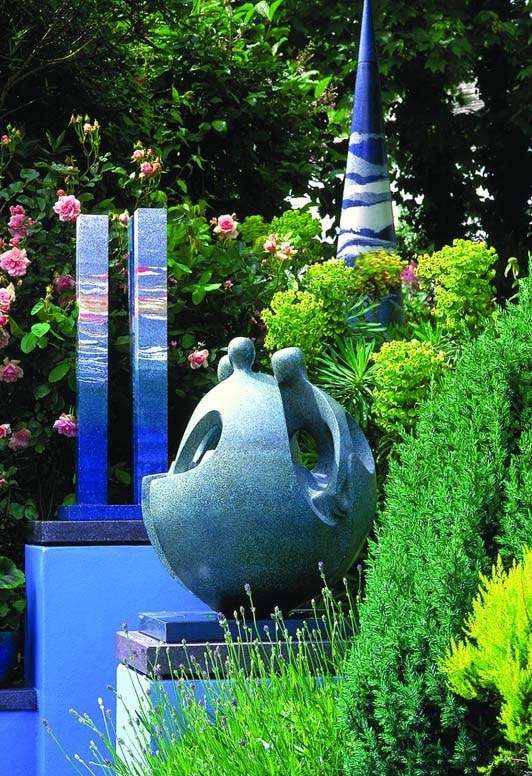
She is not inclined to share many of her techniques, but she was willing to give us some insight into her work.
Like Rhodes, she starts with a mold. For sculptural pieces, she makes a clay model, then a plaster mold. For larger pieces that need structural strength, she uses fiberglass. Like Rhodes, she uses integral color.
But for the rest of the process, her approach is radically different. First of all, her pieces are solid. And second, she uses self-compacting concrete. Until a few years ago, she says, she was using dry, compacted concrete mixes. In order to get full-strength color, she had to use a water/concrete ratio of about .40. But since discovering self-compacting concrete, which has gained increasing attention in Europe, she hasn’t looked back. Self-compacting concrete contains superplasticizers and has the fluidity of a wet concrete mix while maintaining full color strength, she says. And, it requires no vibration.
As far as proportions in her admixture, Vincent weighs everything down to points of a gram. She monitors factors like moisture content in aggregate very carefully. “My aggregates contain less than 1⁄2 percent moisture,” she says. “You have to be very meticulous about the proportions.”
Vincent doesn’t want to reveal any details about her coloring techniques. She lacquers her pieces using lacquers from Sika.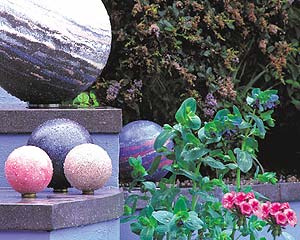
Some of her pieces actually glow from within. Vincent spins a web of fiber-optic fibers inside the mold and then pours in the self-compacting concrete. When the piece is installed in its final location, a fiber-optic cable is run between a light source and the object. The fibers in the concrete absorb the light, and the piece radiates a celestial glow.
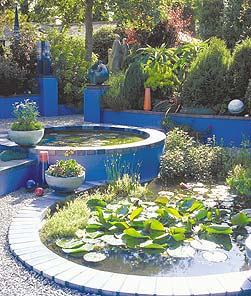 Vincent scoffs at the suggestion that her work is technologically advanced. “Hah,” she says, “fiber-optic technology is well known. What isn’t well known is how to make good concrete.”
Vincent scoffs at the suggestion that her work is technologically advanced. “Hah,” she says, “fiber-optic technology is well known. What isn’t well known is how to make good concrete.”
Carole Vincent does not have e-mail or a Web site. She is happy to receive letters or phone calls from people who are interested in her work.
